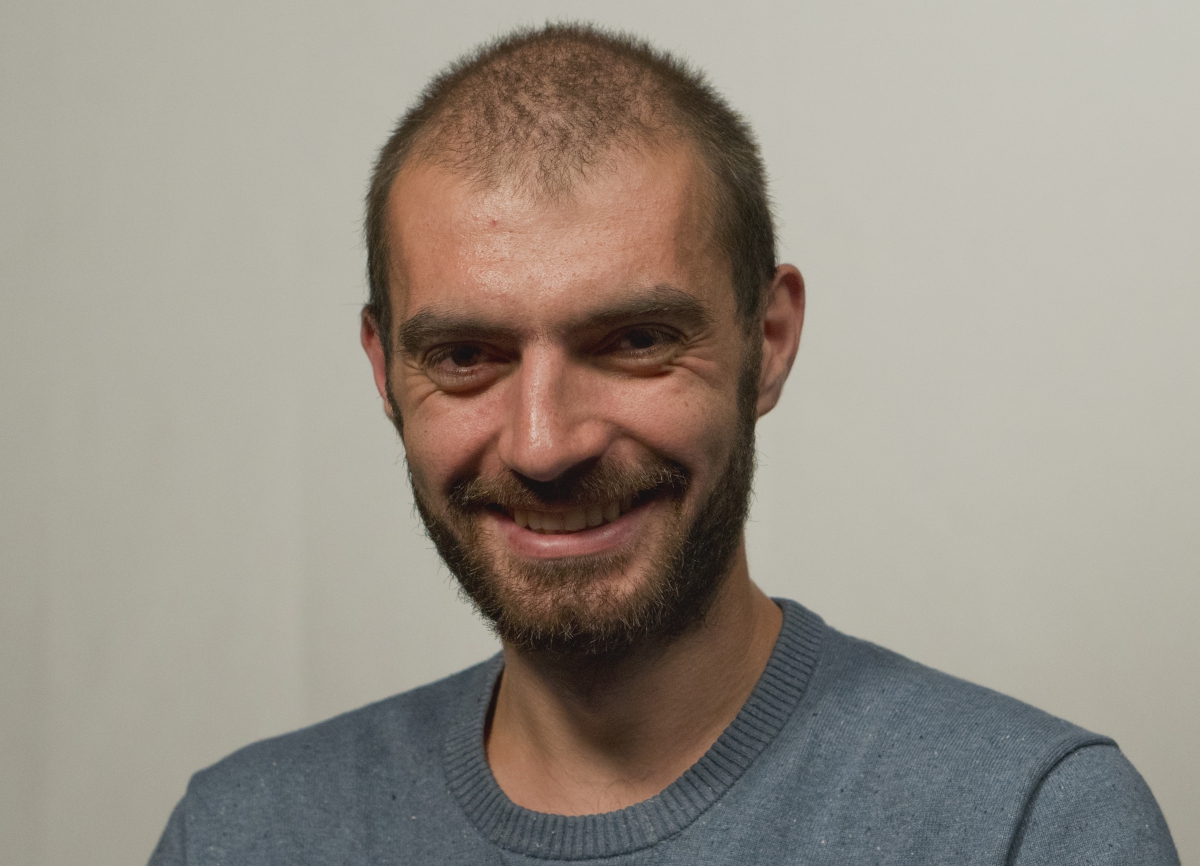I am a person who always tries to fix whatever is bad. That’s how the internet program SOS, whose main goal was to make environmental issues more relevant, was created. We achieved that goal. Then we did My Step.
The government led people to a state where they began to feel a hunger for information.
People wanted to know what was really going on, but they couldn’t. And in order to find out, the fastest method has always been the most effective one. Such methods during the days of the revolution were live broadcasts.
If in the past, information was spread via doves, then by telephones and telegrams, then now we have a huge platform, the internet.
During the velvet revolution, people began to go live and create, to put it roughly, “news” and “agendas” of events. The live broadcasts posted on social media could have been bad quality, but but they were important in that they were in the first person.
It’s natural, that the My Step movement ought to have used that tool. Live broadcasts broke the hunger for information, but during the first few days it became clear that many lives were being left unnoticed.
When we saw an important and unique live broadcast, we would publish and distribute it on the movement platform. Even if the quality of the videos were bad, and the creators were children.
Thanks to that, both the creators of the material gained a reputation, and the public would see a new source for information.
For example, only one person had gone live from the Russian embassy, but the information he transmitted was simply priceless.
I think that we are now found on the threshold of a new era, people will now follow websites live rather than watch TV.
I don’t agree that live broadcasts are necessary solely during the revolution. There are problems all around us, which need to be addressed. Let’s say that you saw a driver throw garbage from his car, you could go live, go up to the driver to start a discourse on how to return the garbage to the owner.
There are many unfair things in life which can be fixed when we inform people about it by going live. To put it roughly, that’s how a new form of television is born.
I am convinced that very few people are going to watch traditional and standard footage from TV (maybe only those who wish to watch documentary films), because in this century, information has a characteristic of getting old in one hour. After one hour, any news is already replaced with something more fresh, or is updated with more details.
In order to get news, there will be a new platform where the most reliable and highest rating live broadcasts will be collected, and thanks to that, people who present the events well will be featured and will become live hosts.
The charm, tone, expressions and movements of the host affects the audience. In order to watch the host, they will either love them or hate them.
The whole meaning of going live is that the events need to be published. Of course, there can be exceptions, when people simply want to express themselves, but I don’t want to talk about it now.
You don’t need to broadcast something every day. Maybe one day a volcano will erupt, and a person will go and take a video from inside the volcano.
Or maybe, they can be at the epicenter of an event every day. Like, for example, Nikol Pashinyan.
Of course, when he stops being the Prime Minister and lives his life as an ordinary citizen, the relevance of his live broadcasts will decline.
Nikol Pashinyan’s activity depends on the events of the day. If there is no important event, broadcasting frequently is similar to a situation where you gain a valuable reputation and then you use it purely for the sake of using it, which will eventually result in losing your reputation.
Nikol Pashinyan wants to inform the public about his steps, and he does a very good job at it, in a friendly, informal style. He goes into the homes of people as Nikol, not as Mr. Prime Minister. That is a very important line of communication with society that he will continue to take to the end.
And not only him. Many try to make a direct connection the way he does. It isn’t successful with everyone yet.
It’s similar to a situation where people during protests were moving along the sidewalk but weren’t stepping on to the street. That fear will be overcome when people take steps and move from the sidewalk to the street.
The same psychology works with live broadcasts. It’s difficult to get the courage and create a direct contact. The first connection is almost always bad and has bad quality, and the second and third attempts have better results. It’s simply a question of time.
I am sure that one day everyone will have that direct connection, but when? I don’t know.
Eventually, if you want to solve the issues that worry you, you need to make the public aware of it, in order for the public to help you to solve those problems.
Nikol Pashinyan goes live so that people can believe that there are levers for raising issues.
Live is becoming a new source for information. It’s not ruled out that for example, that in ten or twenty years, people will begin to carry video recorders on them, which can constantly stream the events around them live, and each person will be able to follow any other person, in any place (of course with their consent).
Maybe it sounds a bit extreme, but I think that that day is not far.
Hayk Barseghyan,
Photographer






